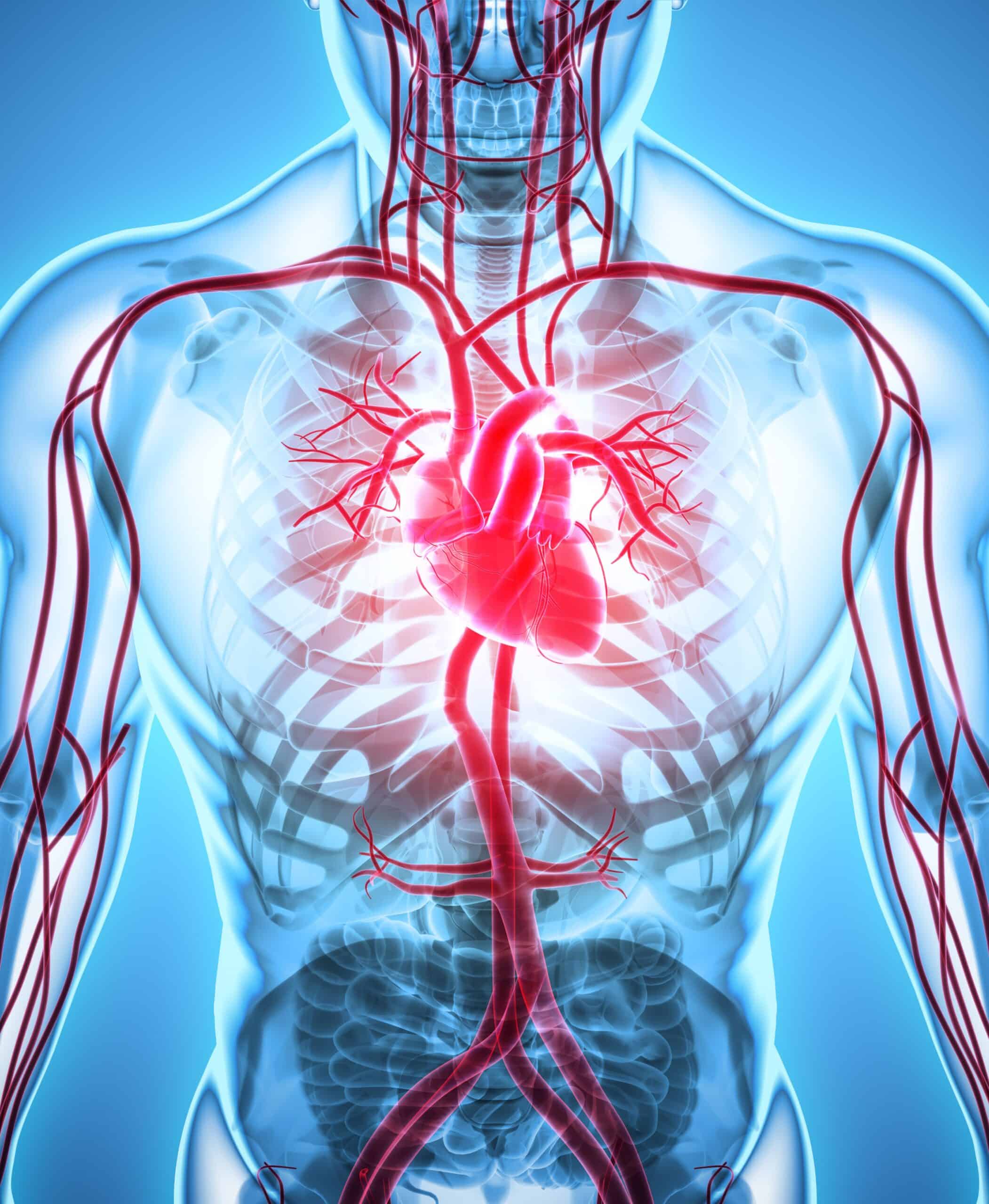A poly (ADP ribose) or PAR molecule believed to only exist inside cells for the purpose of repairing DNA was found to also be responsible for hardening of the arteries, which is associated with high blood pressure, heart disease, stroke, and dementia.
Hardening of the arteries is caused by build-up of bone like calcium deposit, for which there currently is no treatment for, that leads to stiffening of the arteries and restricting blood flow to organs and tissues.
More than a decade of fundamental research using rats with chronic kidney disease as models has found minocycline to be able to treat hardening of the arteries by preventing the build-up of calcium in the circulatory system; minocycline is a commonly prescribed antibiotic often used to treat acne.
“Artery hardening happens to everyone as they age, and is accelerated in patients on dialysis, where even children develop calcified arteries. But up until now we haven’t known what controls this process and therefore how to treat it.” says Professor Melinda Duer of Cambridge’s Department of Chemistry who was part of the long term collaboration.
“This hardening, or biomineralization, is essential for the production of bone, but in arteries it underlies a lot of cardiovascular disease and other diseases associated with ageing like dementia. We wanted to find out what triggers the formation of calcium phosphate crystals, and why it seems to be concentrated around the collagen and elastin which makes up much of the artery wall.” expalins Professor Cathy Shanahan from King’s College London.
PAR had been shown in earlier studies to exist outside the cell and to be the engine of bone production, and the dominant PAR-producing enzymes, PARP1 and PARP2, are expressed in response to DNA damage and oxidative stress which are processes that are associated with bone and vascular calcification, this led to the hypothesis that it may also play a role in biomineralization.
“We could see signals from bone that we couldn’t explain, so we looked for molecules from first principles to figure it out. We never would have predicted that it was caused by PAR, it was initially an accidental discovery, but we followed it up—and it’s led to a potential therapy.” says Duer.
“I’d been thinking for years that hardening of the arteries was linked to DNA damage, and that DNA damage is a pathway switched on by many agents including smoking and lipids. When this pathway is switched on, it drives the pathologies associated with ageing. If enough damage is present, the arteries will eventually reflect it.” says Shanahan.
NMR spectroscopy allowed the team to observe cells releasing PAR when they became stressed and died which binds very strongly to calcium ions, and once released begins to mop up calcium into larger droplets that stick onto artery wall components that give the artery its elasticity, where they then form ordered crystals and solidify to harden the arteries.
Once links between DNA damage-PAR-bone/artery calcification were identified, the team moved on to investigating ways to block this pathway using a PARP inhibitor: collaborations with Cycle Pharmaceuticals identified 6 known molecules that might inhibit the PARP enzymes; detailed studies show that minocycline was highly effective in preventing hardening of the arteries.
Cycle Pharmaceuticals has been licenced this patented technology by the University; proof of principle trials in human patients are hoped to be carried out within the next 12-18 months.
“We had to find an existing molecule that is cheap and safe, otherwise, it would be decades before we would get a treatment. If something has already been shown to be safe in humans, the journey to the clinic can be much faster.” says Shanahan.
“It’s been 12 years of basic research to get to this point,” said Duer. “We set out with absolutely no expectation of finding a potential treatment—there is no treatment currently and nobody would have believed us if we had said at that point we were going to cure hardening of the arteries.”
“Blood vessel calcification is a well-known risk factor for several heart and circulatory diseases, and can lead to high blood pressure and ultimately, a life-threatening heart attack,” said Professor Jeremy Pearson, Associate Medical Director at the British Heart Foundation. “Now, researchers have shown how calcification of the walls of blood vessels takes place, and how the process differs from normal bone formation. By doing so, they have been able to identify a potential treatment to reduce blood vessel calcification without any adverse effects on bone. This type of treatment would benefit many people, and we eagerly await the results of the anticipated clinical trials looking at whether this drug lives up to its early promise.”




